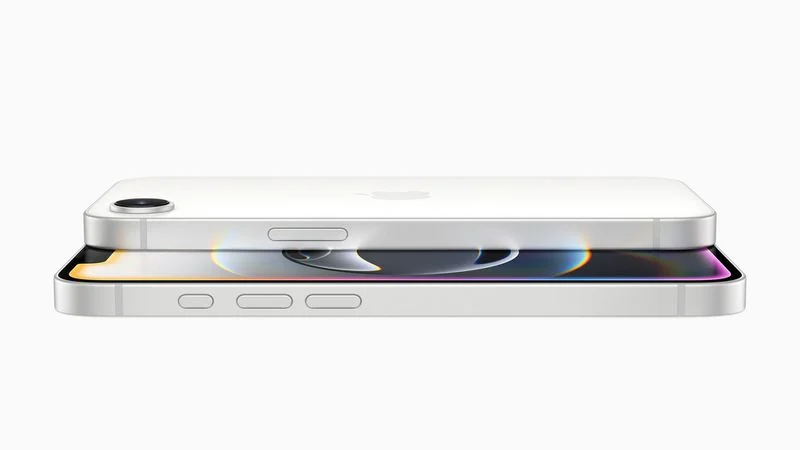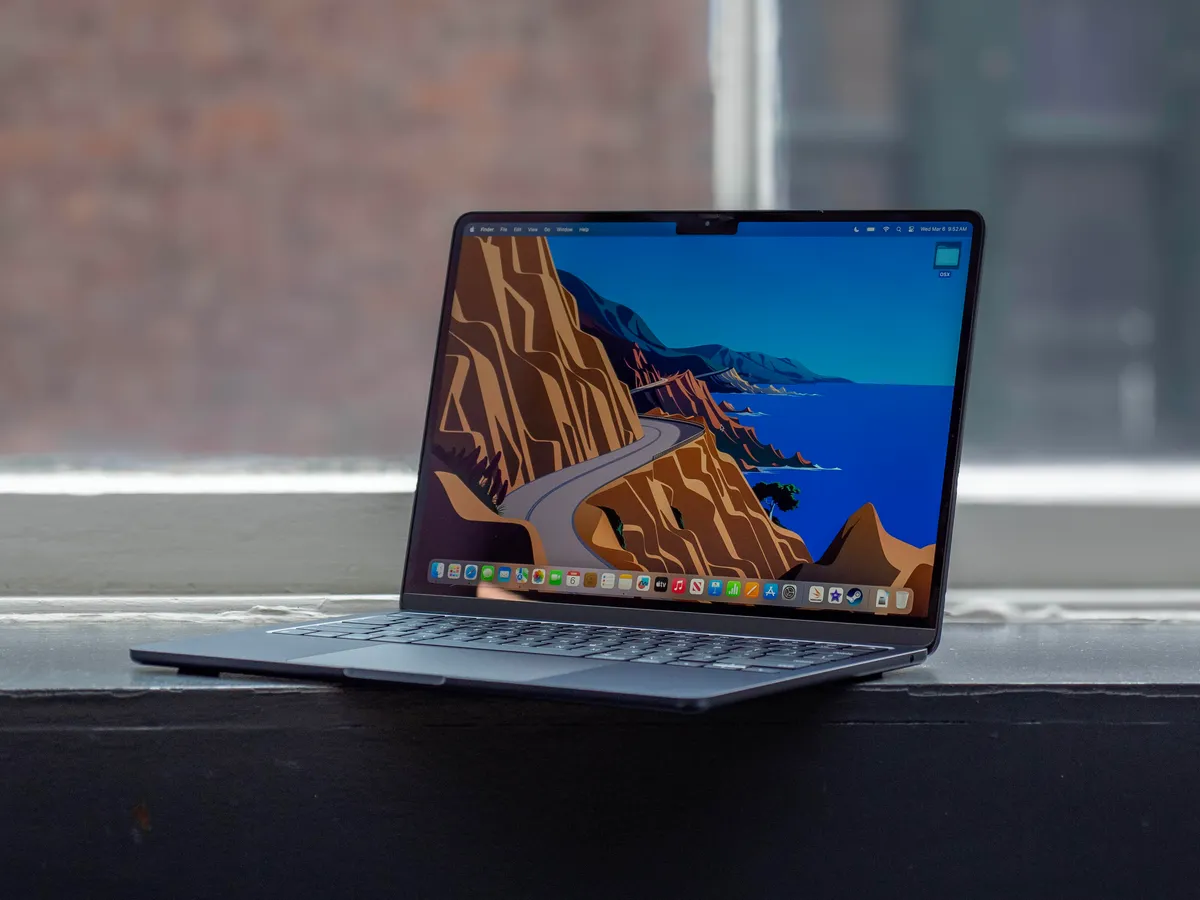For almost two years, French officials have been looking into a privacy tool on iPhones called App Tracking Transparency. This feature lets people choose if they want apps to follow their activity for ads or not. You’ve probably noticed those “Ask App Not to Track” messages popping up. Now, according to a recent Reuters story, the investigation is almost over—and it doesn’t look good for Apple.
France Might Stop This Privacy Feature Soon
The two-year review of Apple’s App Tracking Transparency in France should finish within the next month. And it seems Apple might not like the result.
Reuters reporter Foo Yun Chee explains:
French regulators are likely to tell Apple next month to stop this practice, saying it’s unfair to competition. They’ll probably add a fine too. This would be the first time a government blocks this feature. In France, fines for such issues can reach up to 10% of a company’s yearly earnings worldwide.
So, two big things could happen when this case ends:
- Apple may have to turn off this feature for people in France.
- The company could also face a penalty.
Back in 2023, when this probe began, we noted: “Apple’s being accused of playing favorites and setting unclear, unfair rules about how user info can be used for ads.”
Apple shared this comment with 9to5Mac during an earlier debate about the feature:
“We at Apple think your data is yours. You should decide if it’s shared and with whom. App Tracking Transparency just lets users pick whether apps can track them or pass their info to data collectors. These rules are the same for everyone, including us, and we’ve had lots of support from privacy fans and regulators.”
Beyond France, Germany and Italy are also checking out this feature. Usually, the worry isn’t the tool itself but how Apple uses it for its apps. In the U.S., companies like Meta have complained the most—not regulators. They say this privacy option has hurt their ad income.




